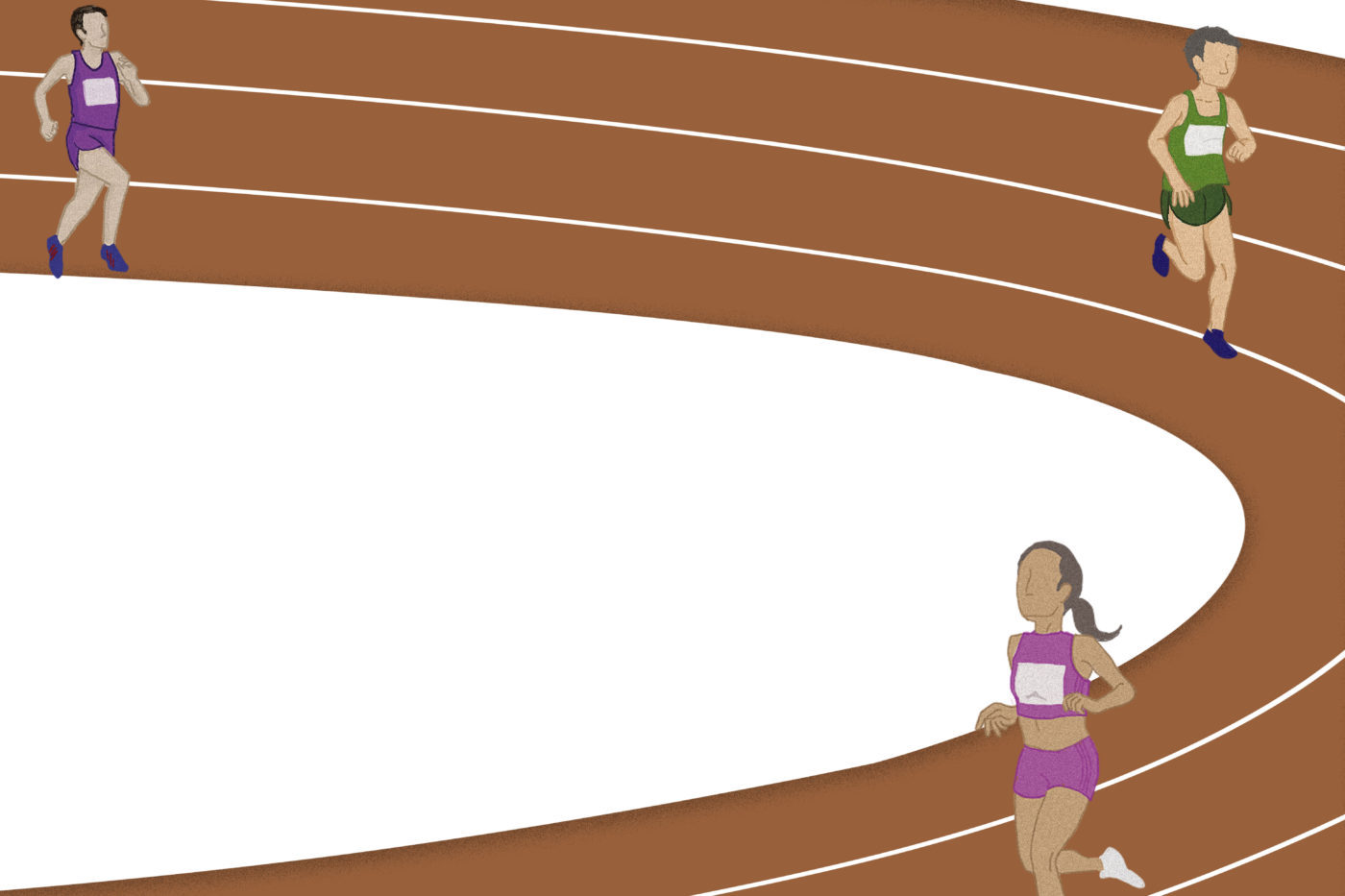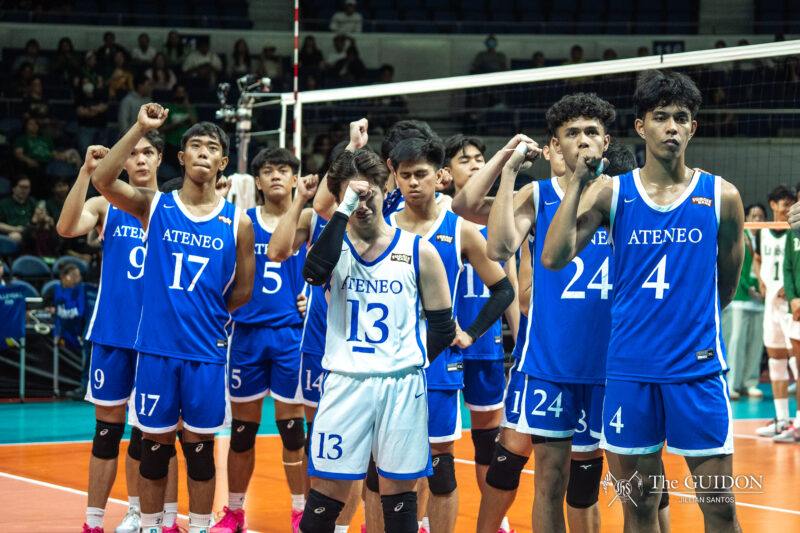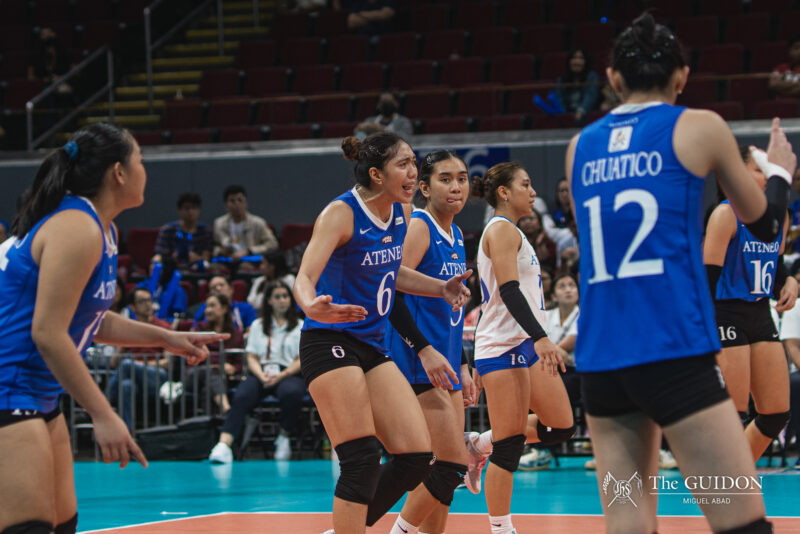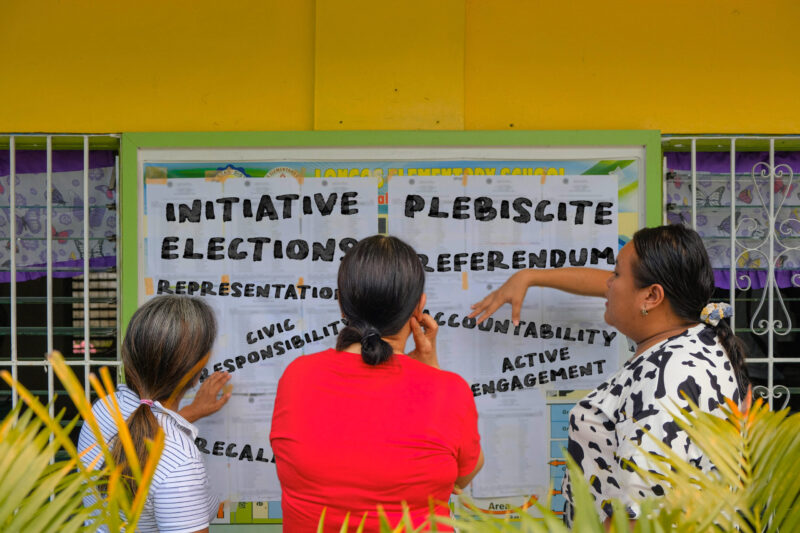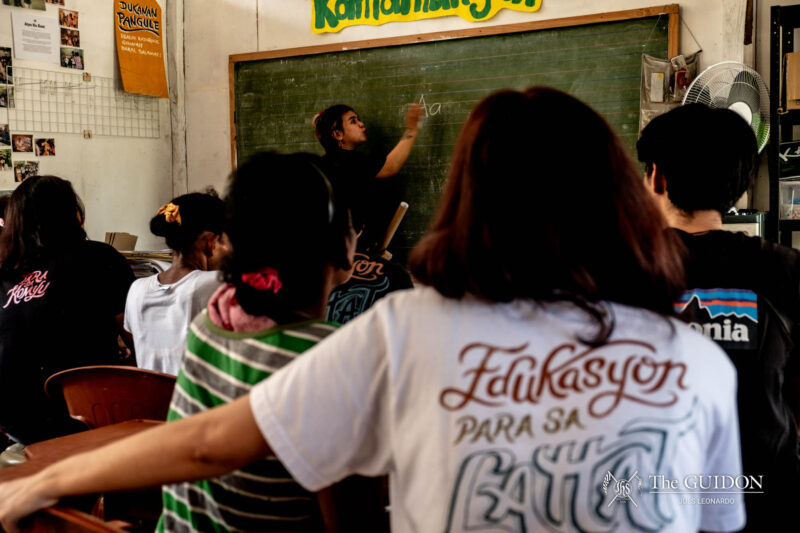THE GINTONG Alay (GA) Project was an initiative started in 1979 to increase the competitiveness of Filipinos in international competitions. At the instruction of the Former President Ferdinand Marcos, the GA Project was headed by his nephew, Michael Keon, and marked the start of a renewed focus in Philippine athletics. Aside from setting up a training facility in Baguio City, the program was able to recruit the coaching services of Olympian Tony Benson, while allowing the import of additional equipment for track and field as well as 17 other sports through Presidential Decree 1742, which was signed in 1980.
The program made its mark on the medal tally of the Philippines in the succeeding international competitions. However, this came to a halt when the Marcos administration fell. The program was in turn replaced by the Philippine Sports Commission (PSC) in 1990. Except for a few bright spots such as the 2005 Southeast Asian (SEA) Games where the Philippines placed first, there has been a downward trend in the performance of Filipino athletes in international competitions. In 2015, however, Senator Juan Edgardo “Sonny” Angara, then chairman of the Senate Committee on Games and Sports, sponsored Republic Act 10699 or the National Athletes and Coaches Benefits and Incentives Act, which aims to revitalize the sports programs of the country through several incentives and benefits.
Achievements and results
When the program started in 1979, the country sat at fourth place in the SEA Games overall tally. However, when the Philippines hosted the SEA Games two years after the inception of the GA Program in 1981, the country’s medal tally doubled from 93 to 187, finishing third in the overall standings. The country’s success in the SEA Games continued as the Philippines finished 2nd overall, with 150 medals in 1983 and 3rd with 129 medals in 1985. After the GA Program was abolished in 1986, the Philippines was at 3rd once again in 1987 with a total of 206 medals and dropped to fifth in the 1989 edition garnering 127 medals in total.
Among the famed GA products are track and field athletes Lydia De Vega, Elma Muros, and Isidro del Prado, as well as swimmers Christine Jacob and Akiko Thomson. All these athletes were consistent medal winners in the SEA Games, represented the country in the Olympics, and either formerly or currently hold national records in their respective events.
Assessing the program
“Off the top of my head, there were a lot of good things GA did,” said Palan Reyes, a history teacher in Xavier School. Reyes indicated that GA gathered together the cream of the crop in selected sports, who shone in national competitions. Also, there was a special fund that was set aside to provide state of the art sporting facilities to aid the training of athletes. “The idea was really sound,” added Reyes. “In fact, that practice is done in many countries.”
On the other hand, Reyes mentioned that “despite the attention given by Mike Keon, GA was not able to go all out due to funding issues.” Due to the limited funding, only 18 sports were addressed, with track and field being the main concentration of the project. Sports such as bowling were supported mostly by private donors, often the players’ families. These smaller, less funded sports lacked the specific equipment and specialized coaching needed to keep athletes competitive on the international stage. “What was done to augment the funding was for the athlete to join the army and as part of the army, train for sporting events. This is far from the way it is done abroad, especially in wealthier countries,” commented Reyes.
The current system
While the GA program was largely a public sector sports program, its replacement, the Philippine Sports Commission (PSC), is mix of the public and private sectors. The government provides funding to National Sports Associations (NSAs), whose member athletes have been recognized by the Philippines Olympic Committee as the official pool of Olympic delegates. These NSAs are privately led and run. “Some say that the current system produces a lot of bickering and politics among the different actors and that the old system under GA was better because there was less politics and clearer responsibility and accountability in case of success or failure,” said Angara.
Moreover, GA was primarily set to develop track and field athletes, compared to the PSC, which deals with around 40 sports and the various associations that represent them. This would lead to a scramble for a piece of the limited funding of the PSC, often influenced by power playing and politics among the sports leaders. With such limited resources, the various Philippine sports depend immensely on private donors, leaving sports without contributors with insufficient funding from the government.
This is less than ideal, as Reyes explained that for a national sports program to be long-term and sustainable, it must be institutionalized with government support and not rely heavily on individual donors. “Once a donor like Manny V. Pangilinan changes his preferences or attention, the funding gets cut – no permanence,” he said.
A model for sports development
“[Gintong Alay] was quite a successful program,” comments Angara, with proof being that it produced some of the country’s most famous athletes, while helping the nation consistently place within the top three slots of the SEA Games.
Although it was a program that was limited in funding and relatively short-lived, there is no doubt that GA did produce results. How the nation fared then is a far cry from our current performances as a sporting nation.
“Filipinos are extremely happy with weightlifter Hidilyn Diaz’s recent silver medal victory at the 2016 Rio Olympics.
Nonetheless, many have remarked that the country’s performances as a whole in international competitions like the Olympics, Asian games, and SEA games have been disappointing,” said Angara.
Given proper funding and specialized training, the achievements of the GA program continue to remind us that Filipino athletes can indeed keep up against the best in the region.
What do you think about this story? Send your comments and suggestions here: tgdn.co/2ZqqodZ

